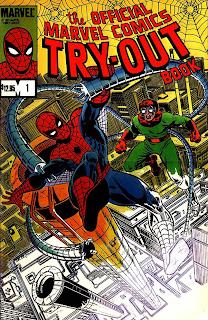What I found was that the girls use a scrunchie as a wristband to hold money:
Every single girl who worked there had a tattoo of some kind. Most of them were stars, which was great for the story, because that's the emblem that Stormy has on her costume. Because of this, I decided that Stormy would have several star tattoos in different places and that we would be able to identify her by them ( I also gave her a star necklace):
There were other, more unique ones as well. One girl had a rose on her back. There was a tattoo of an eye. My favorite was the girl who wore her "heart on her sleeve" quite literally. I gave Stormy's friend that one:
In the story, there's a scene that takes place in the locker/preparation room of the club. I knew there was no way they were going to let me see what the room looked like so I didn't bother asking. But, one of the girls was nice enough to draw a schematic of the room and described it for me:
The biggest challenge of the scene that I was drawing was the pole dancing move. It was written into the story as Stormy and her friend both on the pole at the same time. When I asked the girls if they ever did that, they said no, because there wasn't enough room at this particular club, but it could be done. When I asked them about upside down moves ( that I was planning to put into the scene) they did a demonstration of it. I was then told that the best way to learn the move was to look it up on youtube and that the name was "The Gemini". I had no idea!
Here's how the the finished panel came out:
The girls who helped me out asked for no money in return, nor did they receive any. The were really nice and incredibly generous with their time. I interviewed quite a number of them and got a lot of information about how they started the club, how long they wanted to stay there, and what they wanted to do afterwards. Their back stories were very interesting and will, I'm sure, find a way into a future story.
In all honesty, this story could have been drawn without me going anywhere. However, I feel that the artwork was much richer because of the research. I also feel that there's some realism that's been added that wouldn't have been in the work otherwise.




















































